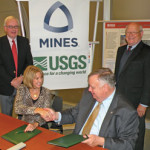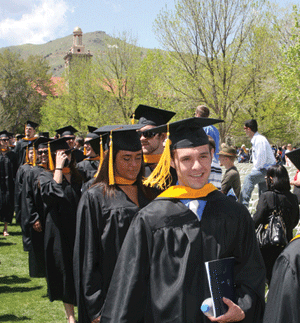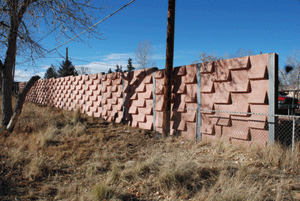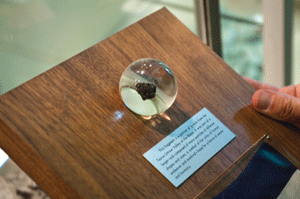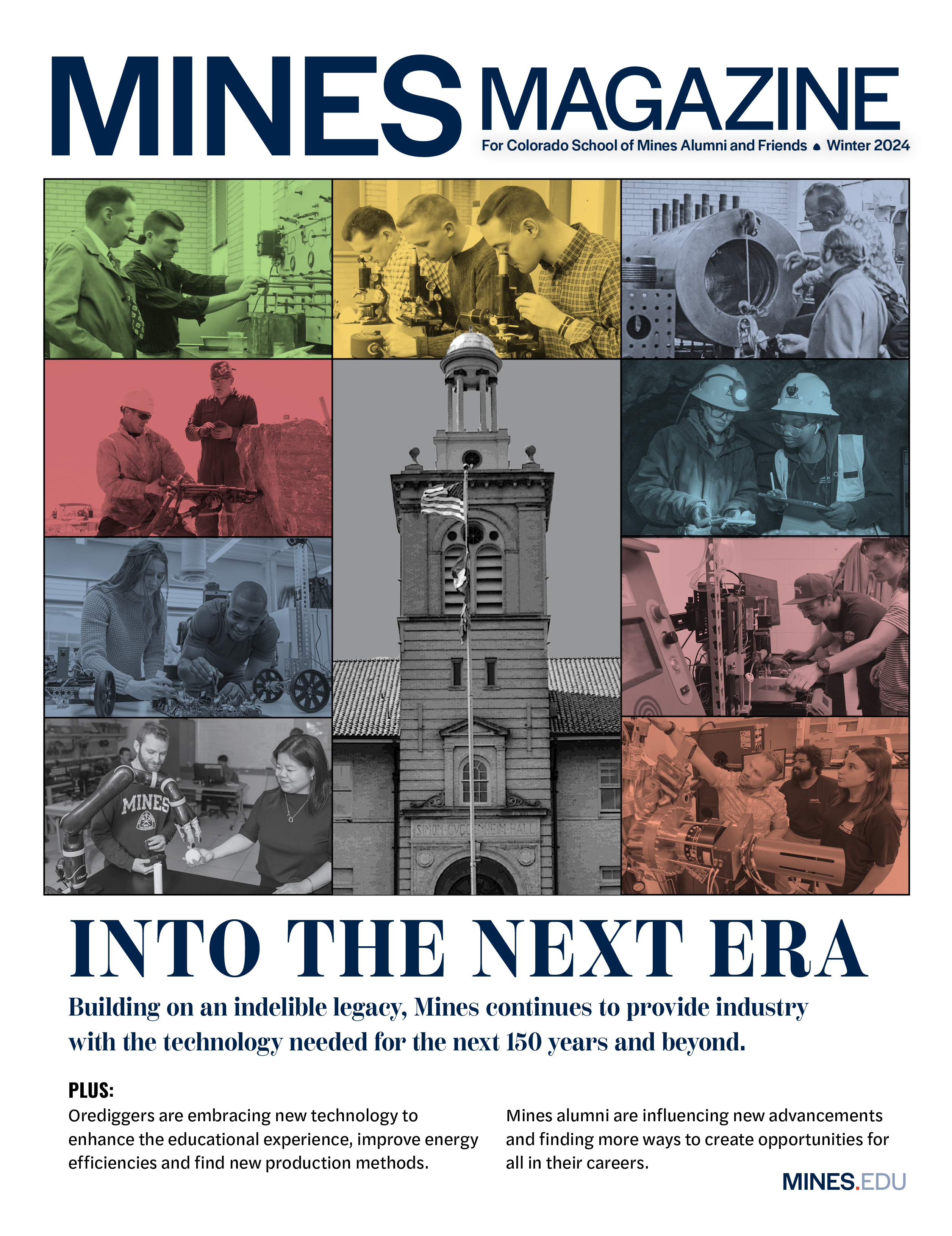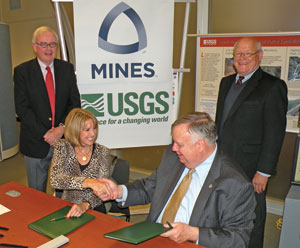
In May, USGS Director Marcia McNutt and Mines President Bill Scoggins signed an agreement that, in part, aims to equip scientists and engineers with the knowledge to address environmental issues.
Located on the south side of the Mines campus, the U.S. Geological Survey’s National Earthquake Information Center is one of the most advanced seismology centers in the world and the first place where many major media outlets turn for information in the aftermath of a major earthquake anywhere in the world.
While many Mines students and faculty have been involved in their work since they came to campus in 1974, many will graduate without having set foot inside their facility, located at 18th and Illinois streets.
However, thanks to a new agreement signed in May by USGS Director Marcia McNutt and Mines’ President Scoggins, this should be less likely in the future. “The synergies between the USGS and Mines have been substantial for years, and the relationship has provided Mines students with hands-on research, internship and fieldwork opportunities,” says David Wald, an adjunct associate professor of geophysics at Mines and a supervisory research geophysicist for the USGS. “This MOU facilitates more student involvement, and I hope it brings additional avenues for collaboration.”
The agreement, a memorandum of understanding, creates the Science and Engineering Collaborative, which opens the door for collaboration in numerous fields encompassed by the USGS, in particular the areas of rare earths and critical minerals; uranium discovery and utilization; multi-hazards, such as earthquakes and landslides; and unconventional natural gas and hydrates. In the past year, the USGS hired Mines students to work on four projects: petrophysics in the Tuscaloosa area of the Gulf Coast; debris flow impacts in the Great Sand Dunes National Park; dynamics of the world’s largest oil and gas fields; and the environmental implications of uranium.
Tim Musgrove, a junior at Mines majoring in petroleum engineering, worked with Troy Cook of the USGS this summer on oil field characterization. “It gave me valuable exposure to a real-world work environment and a broader understanding of the petroleum industry,” he says.
In addition to student engagement opportunities and jointly taught courses, a geo-hazard lecture series sponsored by Mines and the USGS began in August. The first of these featured Thomas Jordan of the University of Southern California, who spoke on earthquake forecasting; in September, Dalia Kirschbaum of NASA’s Goddard Space Flight Center lectured on remote sensing of landslides; and in October, David Rogers of the Missouri University of Science and Technology lectured on flood protection systems in New Orleans post-Hurricane Katrina.
Speaking at commencement last spring, in the aftermath of disasters that included the earthquake in Haiti and the Macondo well blowout, Director McNutt said, “These challenges have underscored for me how dependent the USGS, the nation and, in fact, the world are on scientists and engineers to solve an ever-more complex tangle of man’s interaction with the environment. If we are to reduce risk, we must continue to attract scientifically and technically savvy researchers and technicians who � acquire new skill sets and constantly remain relevant as problems wax and wane in importance and as new solutions present themselves.”
This partnership is one way to provide future generations of leaders every opportunity to do just that

